About the code
To emulate fire, I started testing with no particular idea in mind.
In the beginning, I try to send some analog values for the RED and GREEN channel on the led with a fixed delay.
But in some cases, red was too low and green was high, so the light looks greenish. I fix this issue by selecting a random value for the green between 0 and the red value.
In this case, the light was still able to go from almost zero to maximum brightness, and again it wasn`t realistic.
The solution I found most natural was to tweak the light with a random step(in this case, between -32 and 32) for the red channel. Like that, the led will never do an enormous jump between min and max value.
The green value is formed from the red with a little tweak.
// Initialize the red value
int step = random(128, 255);
for (long i = 0; i < 90000; i++) {
// Smooth increase or decrease value
step += random(-32, 32);
// Never go below 128
step = max(128, step);
// Never go above 255
step = min(255, step);
// Tweak the green value
int g = step - random(0, 32);
analogWrite(RED, step);
analogWrite(GREEN, g);
// Random delay to eliminate artificial look
delay(random(8, 16));
}
Short video
This is the schematic
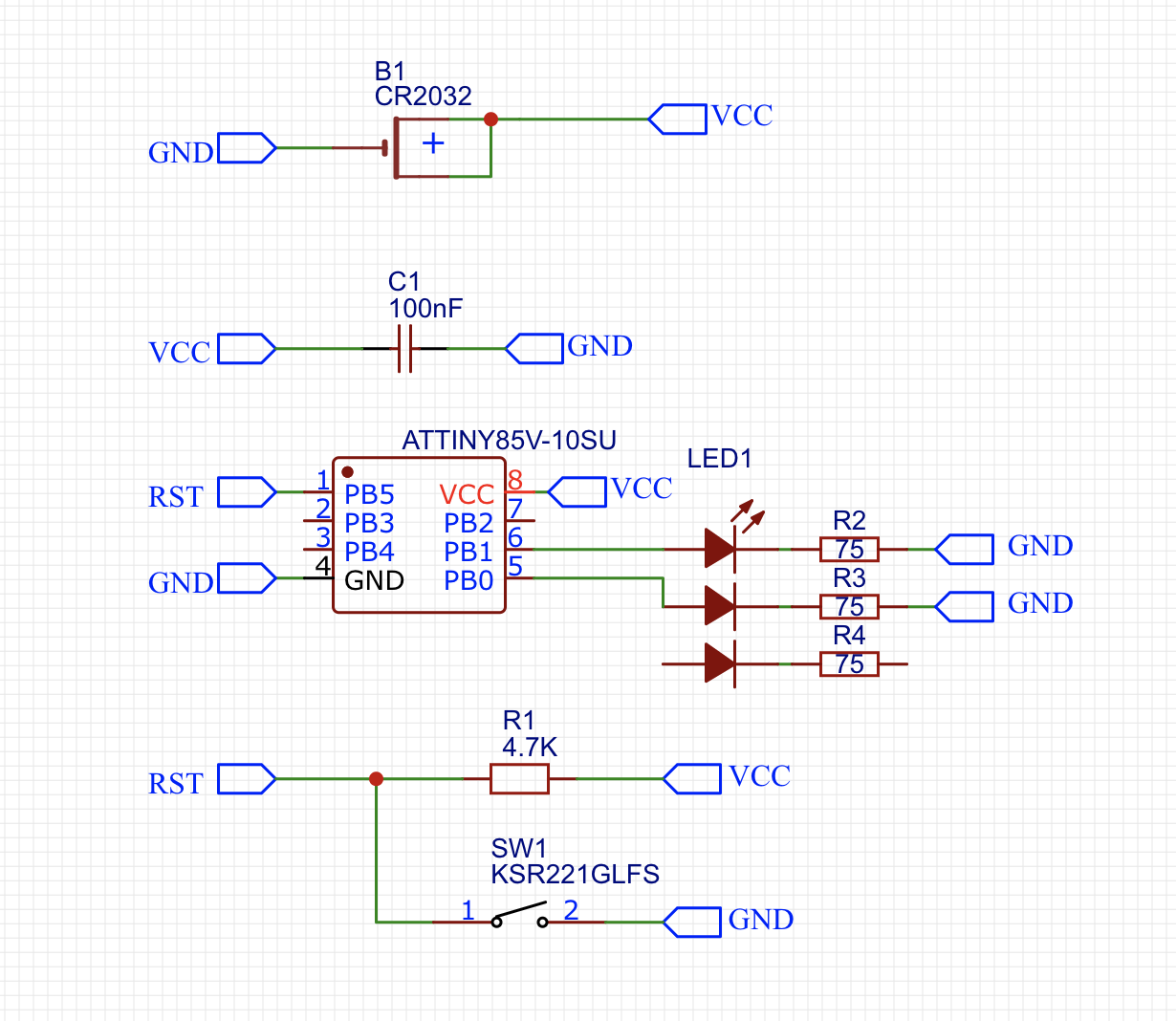
The box is printed in 3 parts
- Bottom - which is the main part.
- Top - threaded cap that presses the candle to the bottom
- Ring - If you want to use a diffuser(baking paper), you can slice 33mm diameter circle paper and add it between the top and the ring part.
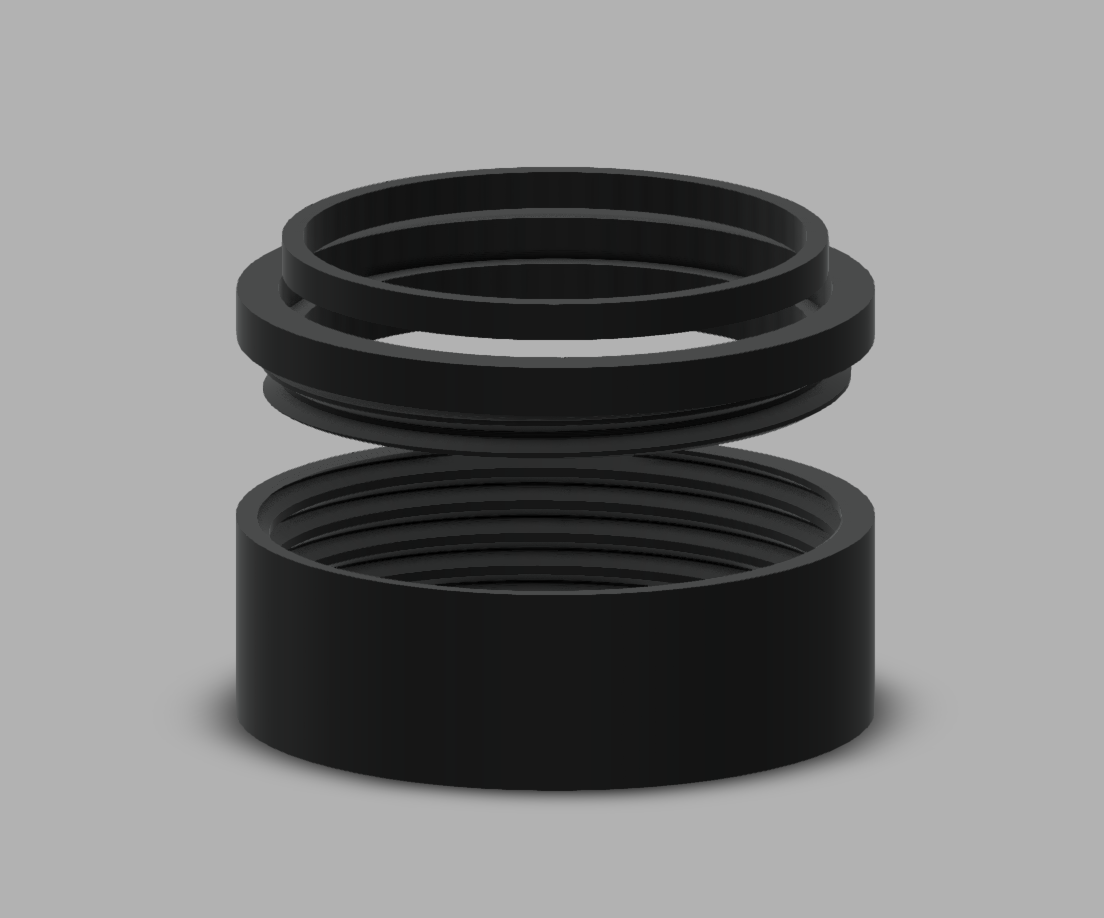
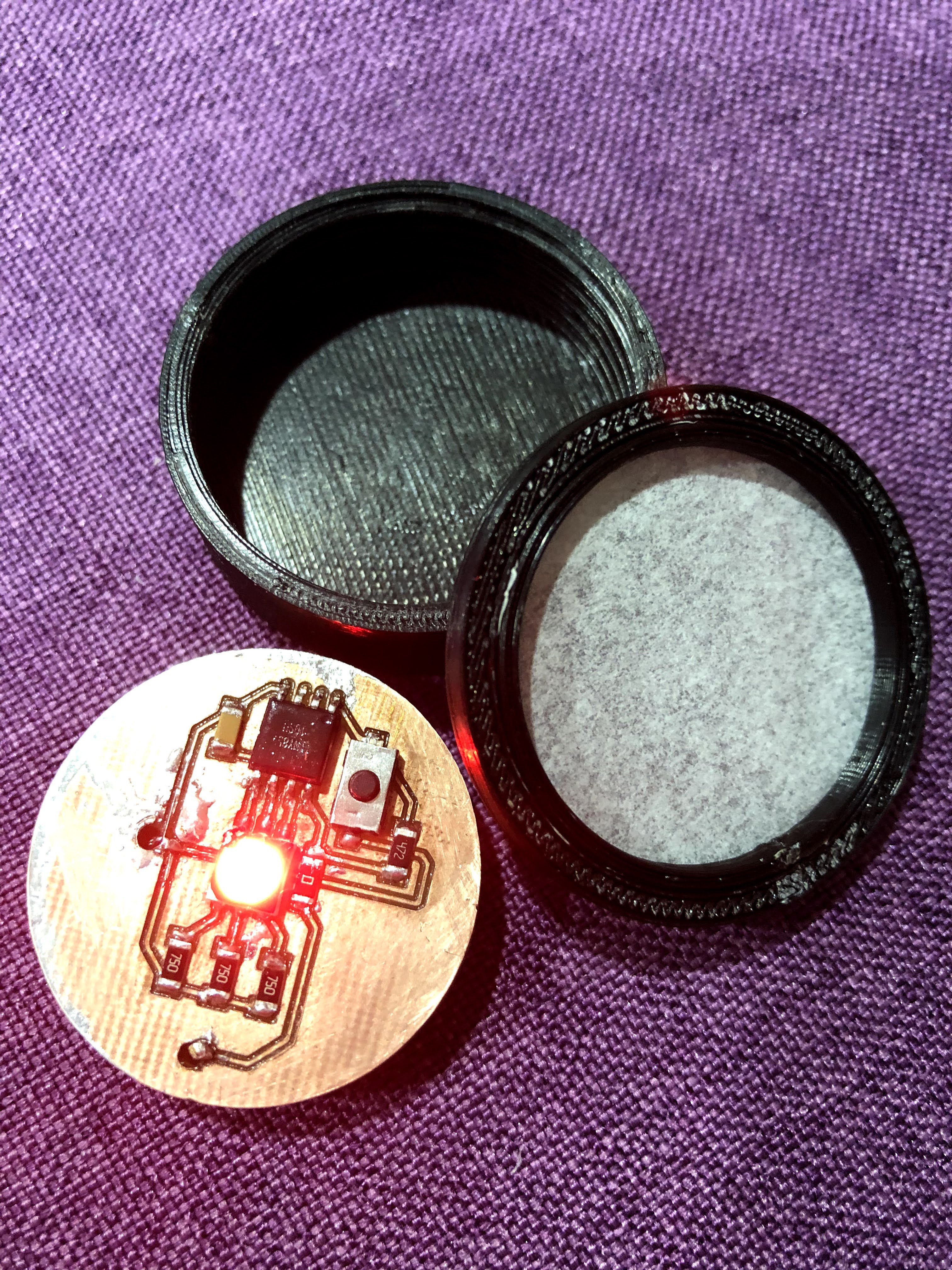
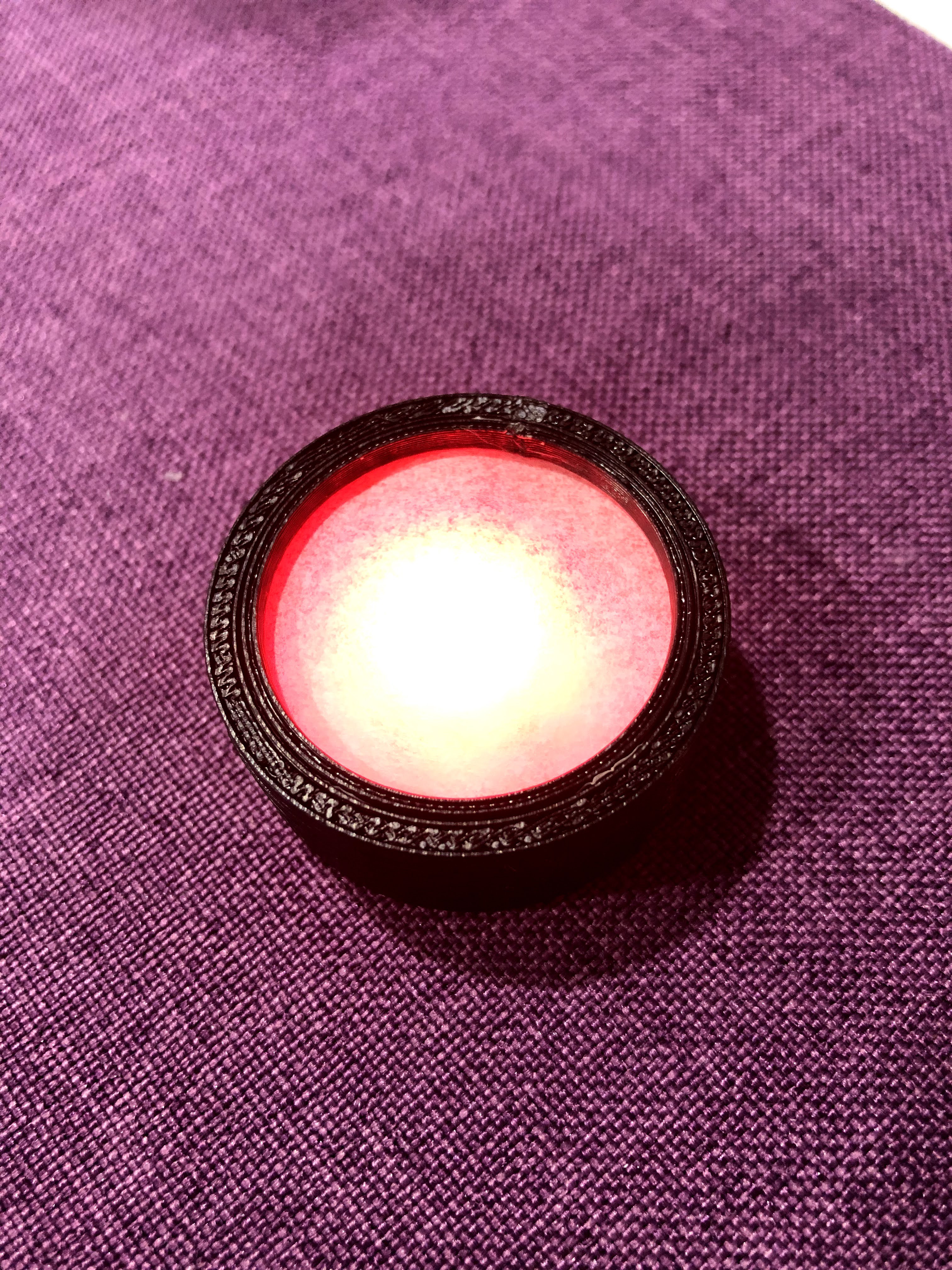
 Boris Shabanov
Boris Shabanov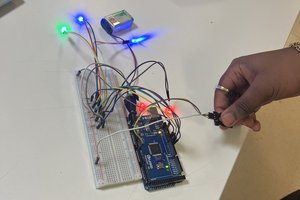
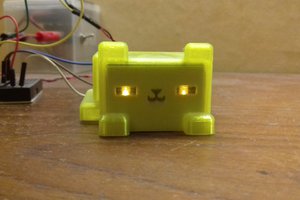
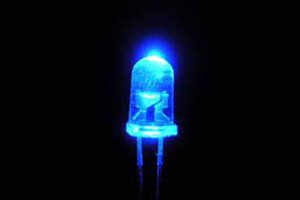
 Ben Hartmann
Ben Hartmann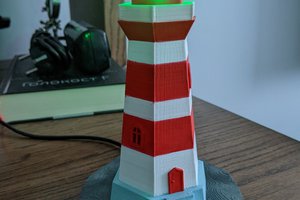
 strange.rand
strange.rand